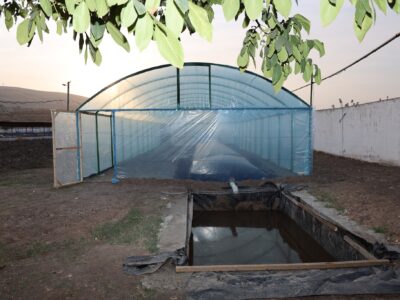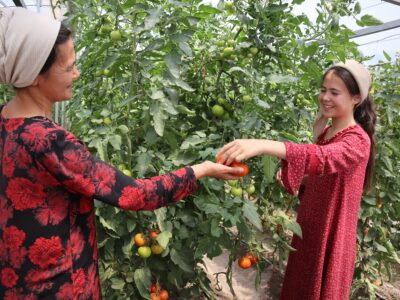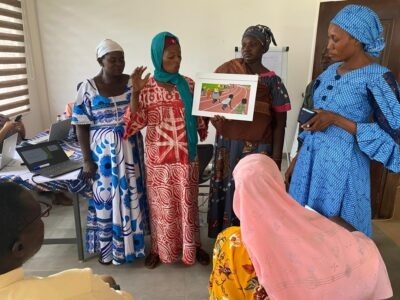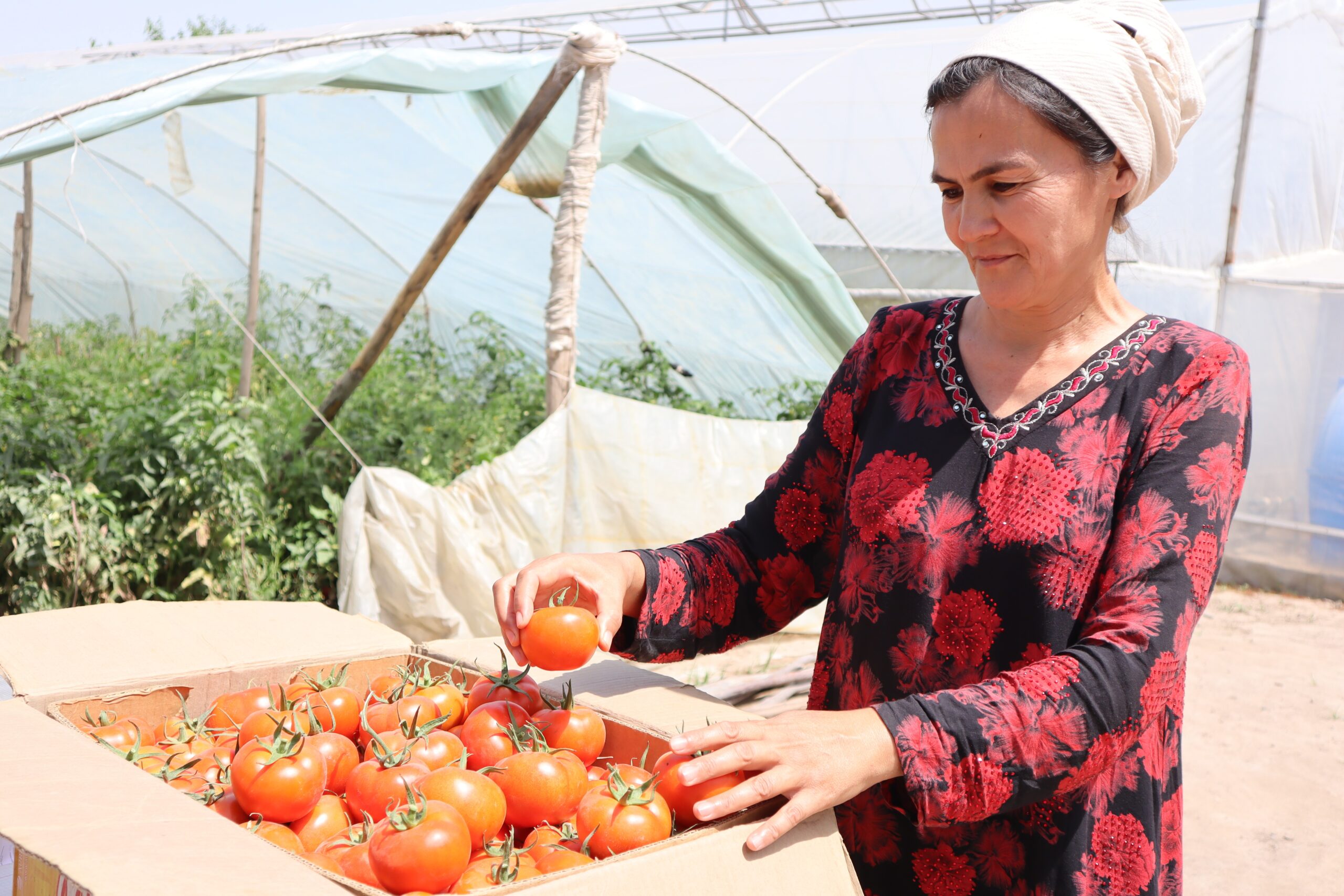
Shakarob, the standard Tajik summer salad, owes its delightful flavor to one humble yet essential ingredient: the tomato. In Tajik cuisine, tomatoes reign supreme, gracing both summer and winter tables in a multitude of forms, from fresh salads to tangy pickles. For decades, local farmers have endeavored to keep pace with imported varieties, dedicating themselves to the art of tomato cultivation. Now, with the aid of the USAID-funded Market Driven Rural Development Activity (MDRD), the Tajik tomato market is undergoing a remarkable transformation, paving the way for a crimson-hued success story.
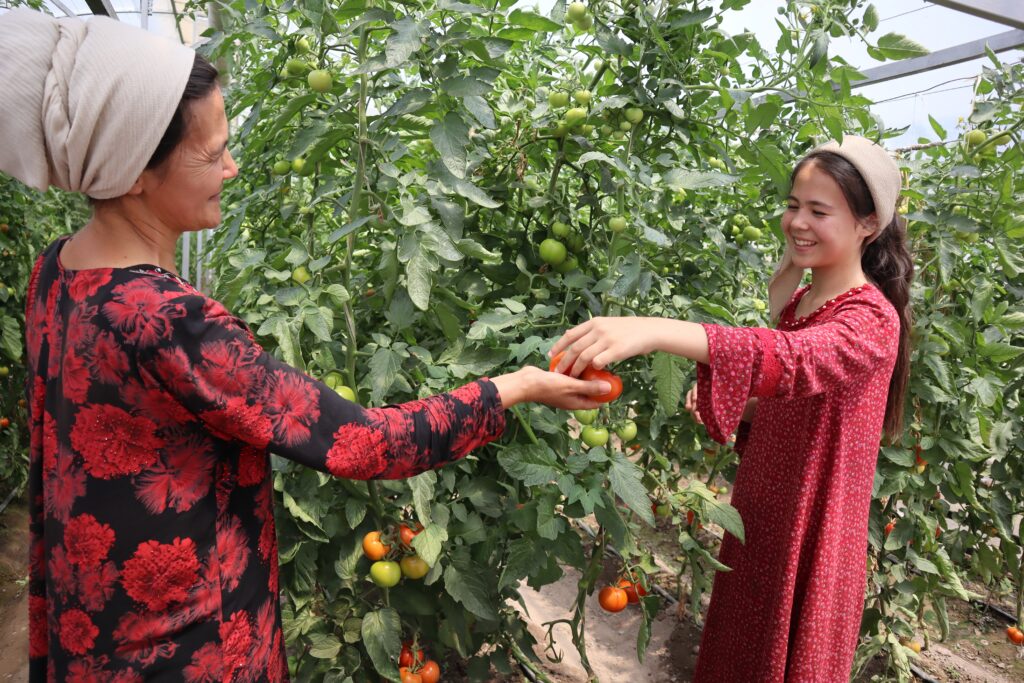
The Tomato’s Trip to Our Tables
In recent years, Tajikistan has witnessed a surge in tomato production with more than 60,000 farmers, a large number for Tajikistan, involved in the sector, with an estimated annual production of about half a million metric tons (FAO, 2022), all of which is consumed in the domestic market. Having the world’s top tomato producers like Russia and Uzbekistan right next door, Tajikistan continues to rely on imports to meet consumer demand, importing nearly 1,000 metric tons of tomatoes each year. With the ongoing transformation of its tomato industry, Tajikistan aims to reduce its reliance on imports even more and establish itself as an exporter of high-quality tomatoes.
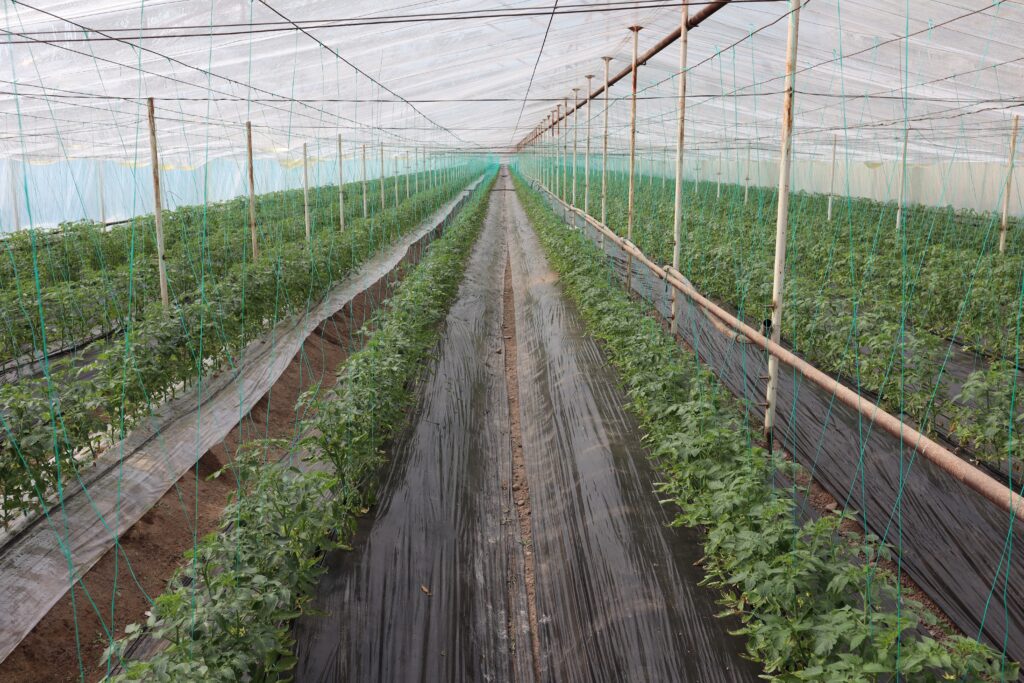
Tomato farmers have adopted two primary cultivation methods: open-field farming for the summer season and greenhouse cultivation for the winter months when prices soar. The allure of year-round production has led an increasing number of smallholder farmers to embrace greenhouse technology, with approximately 700 hectares dedicated to tomato cultivation across the country. These greenhouses not only ensure a steady supply of early-season tomatoes, harvested from April to June but also provide economic stability for local farmers.
“Investing in greenhouse technology is paramount for Tajikistan’s agricultural future. By providing a consistent supply of tomatoes throughout the year, greenhouses not only bolster local economies but also safeguard against seasonal fluctuations in prices, ensuring a stable income for farmers.”
Mohammad Shahroz Jalil, MDRD Chief of Party
The Search for Seedlings and Saplings
However, meeting the demand for quality seedlings remains a challenge. With each hectare of greenhouse requiring an average of 30,000 seedlings, Tajikistan faces a shortfall of approximately 16 million high-quality seedlings annually.
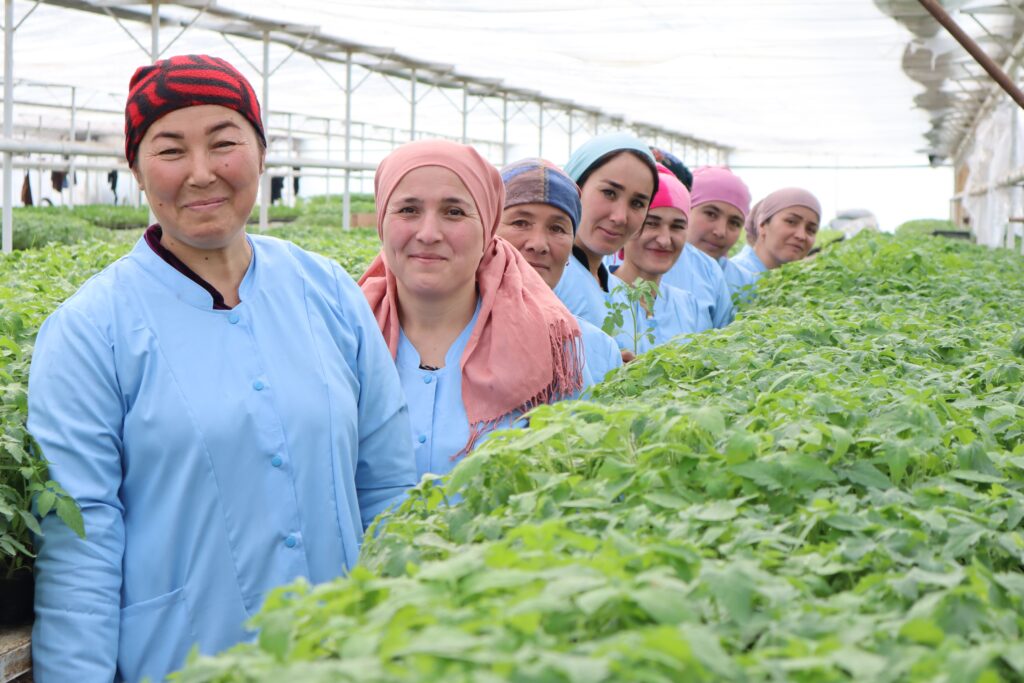
MDRD has started to address this gap with the establishment of a modern greenhouse nursery equipped with cutting-edge technologies. Led by a visionary 27-year-old entrepreneur Habibullo Jalilov, the nursery boasts advanced features such as heating systems and climate control, enabling early seedling production and extending the growing season.
Habibullo, who planted and sold over 100,000 saplings only in his first season, expresses his gratitude for the support: “As a young entrepreneur, I’m grateful to MDRD for the support that helps me to expand my business, introduce new technologies, and stay motivated in the agricultural sector.”
Despite burgeoning demand, the expansion of such initiatives is hindered by limited access to financing, a hurdle that local farmers hope to overcome with continued local and international support.
By fortifying seedling availability, enhancing productivity, and promoting technological innovation, Tajikistan’s partnership with MDRD heralds a new era of prosperity for its tomato industry, ensuring a bountiful harvest for generations to come.
Learn more about the Market Driven Rural Development Activity.
Learn more about our work in Tajikistan.

